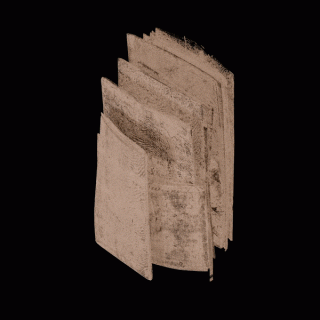Invited Talk: Jana Dambrogio (MIT) & Daniel Smith (KCL): Letterlocking: A Global Technology of Communication Security, June 22nd 2021, 16h CET
It’s a great pleasure to welcome Jana Dambrogio from MIT and Daniel Smith from King’s College London at our lab!
Title: Letterlocking: A Global Technology of Communication Security
Date: June 22nd 2021, 16h CET
Registration: https://fau.zoom.us/webinar/register/WN_LPY37plVR-62-f2F8xJbDQ
Abstract: Before the invention of the gummed envelope in the 1830s, almost all letters were sent using letterlocking, the practice of folding and securing a writing surface to become its own envelope. Based on 20 years research into 250,000 letters, this talk and workshop will present our main findings, including information about the letter we “virtually unfolded” in a recent
Nature Communications article: https://www.nature.com/articles/s41467-021-21326-w.
There will also be an opportunity to do some letterlocking yourself! Please bring some paper (printer paper is fine), scissors, some stickers or sticky tape (kids’ stickers are more fun!), and some sewing thread. You may also wish to check out letterlocking.org and our YouTube channel: https://www.youtube.com/channel/UCNPZ-f_IWDLz2S1hO027hRQ.
Short Bio: Jana Dambrogio is a conservator, researcher, educator, letterlocker, and artist who specializes in developing freely accessible resources and treatment techniques to conserve the integrity of material culture and the secrets they contain. At present, she is Conservator at the Massachusetts Institute of Technology (MIT) Curation and Preservation Services.
Dr. Daniel Smith is Lecturer in Early Modern English Literature at Kings’s College London, UK and performs award winning research which won the John Donne Society Distinguished Publication Award in 2011 and the University English Book Prize in 2016.
G.R. Davis: Professor of 3D x-ray imaging at Queen Mary, University of London, and lead for Imaging Sciences in the Centre for Oral Bioengineering, which includes electron microscopy, X-ray imaging, and facial scanning.
